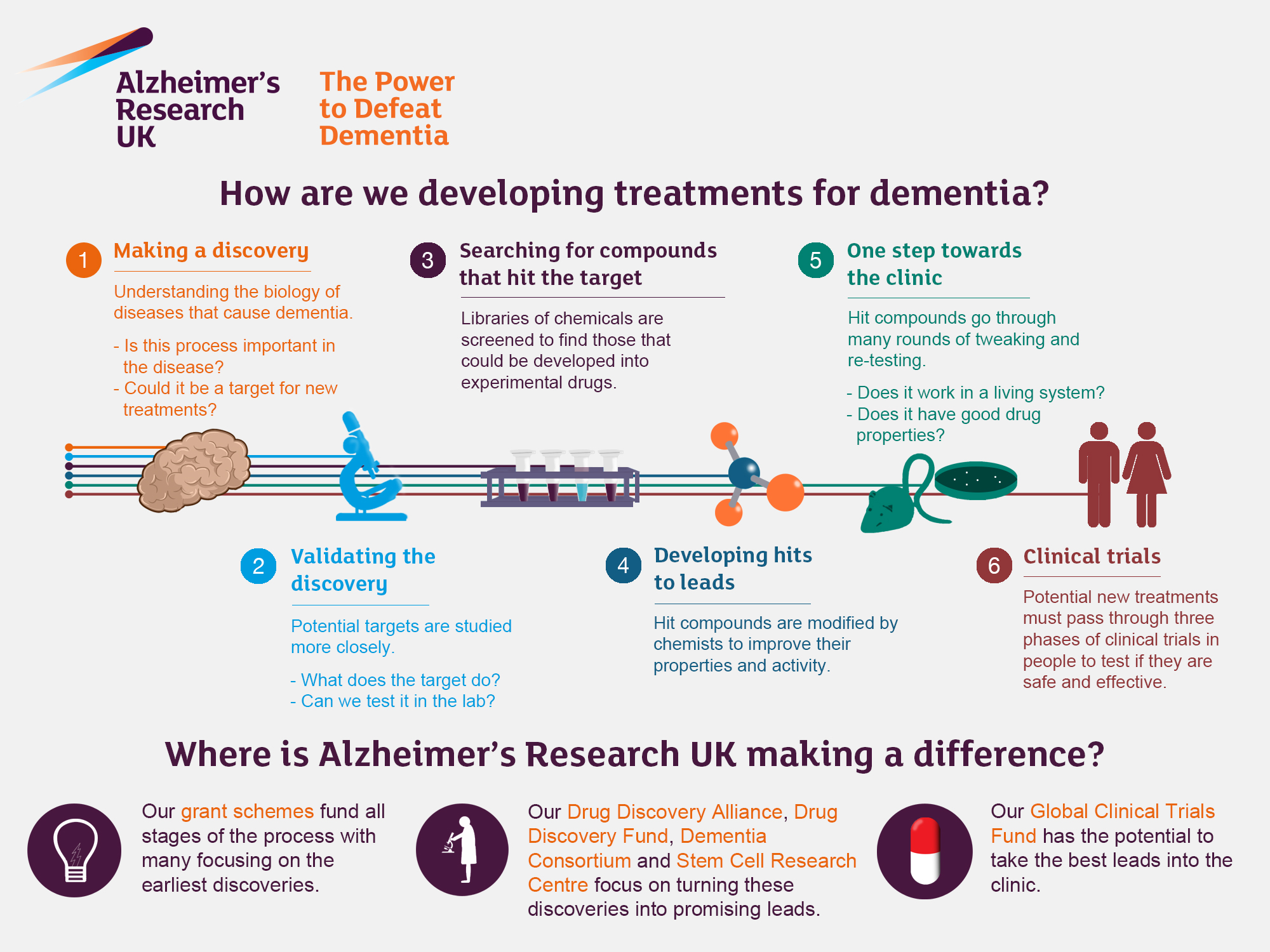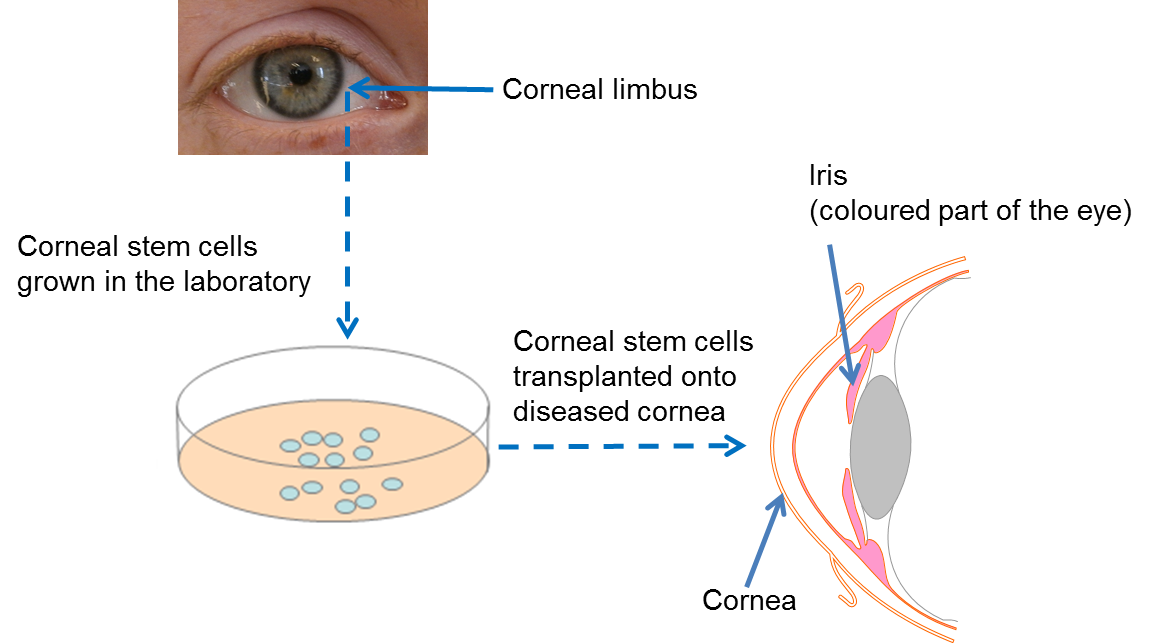Alzheimer’s research is at the forefront of understanding neurodegenerative diseases and unlocking potential treatments that could transform the lives of millions. Led by pioneering neuroscientist Beth Stevens, research has revealed the crucial role of microglial cells, which function as the brain’s immune system, in managing cognitive health. These cells are responsible for pruning synapses and eliminating damaged cells, but erroneous pruning can exacerbate conditions like Alzheimer’s disease. As the number of individuals affected by this condition continues to rise, Stevens’ discoveries open the door to innovative Alzheimer’s treatments and biomarkers for early detection. This groundbreaking work not only aims to mitigate the impact of Alzheimer’s on individuals and families but also addresses the broader societal implications of an aging population.
Exploration into the realm of Alzheimer’s disease encompasses various aspects of dementia and cognitive decline, further emphasizing the urgency of advancing therapeutic options. Beth Stevens’ innovative work shines a light on the brain’s immune mechanisms, specifically through the lens of microglial activity. These immune cells have a dual purpose: they protect neural structures while aiding in the clearance of unhealthy components, yet their malfunction can lead to devastating consequences. As research progresses, understanding these intricate relationships paves the way for potent strategies against debilitating neurodegenerative conditions. This holistic approach seeks to harness the potential of the brain’s defence systems to better combat Alzheimer’s and improve the quality of life for countless individuals.
The Role of Microglial Cells in Alzheimer’s Research
Microglial cells are increasingly recognized as a pivotal component in the study of Alzheimer’s disease, serving as the brain’s immune system. Researchers like Beth Stevens have shown that these cells are not just passive defenders but active participants in brain health. They are tasked with monitoring the brain for signs of inflammation or injury and play a critical role in eliminating cellular debris. Aberrations in their pruning process can lead to detrimental effects, contributing to the progression of neurodegenerative diseases like Alzheimer’s. Thus, understanding the biology of microglial cells is essential in developing effective therapies for Alzheimer’s.
In recent studies, Stevens’ lab has uncovered the complex behavior of microglial cells, particularly how they engage in synaptic pruning during normal brain function. However, when this process goes awry, it can exacerbate neurodegenerative conditions. Targeting microglial function presents a unique opportunity for Alzheimer’s research, offering potential avenues for therapies that can restore proper functioning. As studies continue, microglial cells may reveal crucial insights into the mechanisms underlying Alzheimer’s and other related diseases, leading to groundbreaking treatment options.
Transformative Discoveries in Alzheimer’s Treatment
The groundbreaking discoveries made by Beth Stevens and her team have set the stage for innovative approaches in Alzheimer’s treatment. By identifying the role of microglial cells in synaptic pruning, researchers have begun to establish a link between immune response and neurodegeneration. This paradigm shift emphasizes a more integrated understanding of the brain’s immune system and its impact on diseases like Alzheimer’s. The research not only highlights the importance of microglia in healthy brain function but also suggests that therapeutic interventions could modulate their activity to prevent or even reverse the effects of neurodegeneration.
Stevens’ work has also highlighted the significance of early detection in Alzheimer’s disease management. With new biomarkers identified through this research, clinicians may soon be able to diagnose Alzheimer’s at an earlier stage, contributing to more effective interventions. As the aging population grows and the number of Alzheimer’s cases continues to rise, the urgency for such treatments increases. The implications of these findings go beyond merely treating symptoms; they pave the way for a future where Alzheimer’s is managed through targeted therapies aimed at restoring normal microglial functions.
Investments in this line of research are crucial. With the foundation built on curiosity-driven science, the collaboration between laboratories and funding bodies ensures that these innovative ideas continue to flourish. The NIH and other federal agencies have played a vital role in sustaining this research momentum, which may ultimately lead to tangible solutions for millions affected by Alzheimer’s. As Stevens emphasizes, understanding the basic science behind neurodegenerative diseases is essential for any future breakthroughs in treatment.
Challenges in Alzheimer’s Research Funding
Alzheimer’s research faces significant funding challenges despite its critical nature. As shown in Stevens’ narrative, much of her lab’s progress hinged on the support from federal funding bodies. Continually navigating the funding landscape can be overwhelming, especially in competition with other pressing biomedical research areas. The gap between the undeniable increase in Alzheimer’s cases and the funds allocated for research presents a troubling paradox that needs urgent addressing. Continuous federal support is paramount for sustaining research initiatives that could lead to breakthroughs in understanding and treating Alzheimer’s.
Moreover, the lack of awareness and urgency surrounding the financial aspects of Alzheimer’s research can stifle innovation. As the disease affects millions, raising public awareness about the importance of research funding is crucial. Advocacy efforts must focus on highlighting the relevance of basic science and its implications for practical applications in Alzheimer’s treatment. Investing in research is an investment in the future. With the right funding strategies, researchers can explore previously uncharted territories in microglial function and immune responses, ultimately leading to enhanced treatment protocols for Alzheimer’s.
Understanding Neurodegenerative Diseases through Basic Science
The journey of uncovering insights into neurodegenerative diseases like Alzheimer’s is rooted in fundamental scientific research. The work of scientists such as Beth Stevens has illuminated the relationship between microglial cells and the brain’s immune response. By exploring the intricacies of how microglia work, researchers can chart new paths towards understanding various neurodegenerative disorders. This basic science is not merely academic; it creates a foundation from which therapeutic approaches can emerge, enabling scientists to connect their findings to tangible treatments.
This approach is particularly significant when considering the complexity of neurodegenerative diseases. Each condition, including Alzheimer’s, presents unique challenges and biological mechanisms. However, the unifying thread remains our understanding of the brain’s immune functions, primarily via microglial cells. By fostering curiosity and creativity in basic research, the scientific community can develop innovative therapies that address the underlying causes of neurodegenerative diseases, potentially changing the future landscape of Alzheimer’s treatment.
Biomarkers and Early Detection of Alzheimer’s
Recent advances in Alzheimer’s research have pointed towards the development of biomarkers as vital tools for early diagnosis. As Beth Stevens’ lab uncovers the roles of microglial cells in disease progression, researchers are also identifying specific biological markers that can signal the onset of Alzheimer’s. The ability to detect Alzheimer’s at an early stage presents a significant advantage, as it allows for timely intervention that could slow or even halt the advancement of the disease. These biomarkers can revolutionize treatment plans and provide patients and families with hope.
Identifying reliable biomarkers extends beyond simplifying diagnosis; it facilitates targeted research efforts and enhances the understanding of Alzheimer’s pathology. The early identification of at-risk individuals can lead to preemptive therapies that utilize the knowledge gained from studying microglial cells. As research continues to evolve, biomarkers will play a crucial role in shaping future strategies for tackling Alzheimer’s, making it an exciting area for ongoing study and investment.
The Importance of Curiosity-driven Science in Alzheimer’s Research
Curiosity-driven science is fundamental for advancing Alzheimer’s research, as demonstrated through the tireless efforts of scientists like Beth Stevens. The exploratory nature of this research allows for unexpected findings that can reshape existing knowledge about neurodegenerative diseases. Pursuing scientific curiosity without immediate commercial or clinical outcomes often leads to groundbreaking discoveries, as scientists draw connections between the immune system and brain health. This is particularly crucial when exploring complex systems like brain immunity.
The underlying message is that scientific inquiry should not be constrained by the anticipation of immediate results. Instead, funding should be directed towards projects that cultivate curiosity, as these can ultimately unravel the multifaceted contributions of microglial cells to Alzheimer’s progression. Encouraging innovative thinking and exploration helps to create a research culture that values long-term impacts over short-term gains, contributing to the larger goal of combating Alzheimer’s and improving patient care.
Future Directions in Alzheimer’s Disease Research
As we look towards the future of Alzheimer’s disease research, the fusion of innovative approaches and new technologies will be instrumental in advancing our understanding and treatment of the disease. Scientists are beginning to utilize advanced imaging techniques, genetic profiling, and computational models to delve deeper into the mechanisms behind Alzheimer’s. The collaboration between various research institutions, such as the Stevens Lab at Boston Children’s Hospital and influential organizations, is likely to accelerate these advancements, potentially leading to breakthroughs that address the growing Alzheimer’s challenge.
Furthermore, interdisciplinary collaboration will be pivotal. By integrating knowledge from neuroscience, genetics, immunology, and pharmacology, researchers can develop a holistic understanding of Alzheimer’s and other neurodegenerative diseases. The continued exploration of microglial function and its implications for treatment will continue to be a central theme in research. Moving forward, prioritizing funding and resources towards these areas will be essential in forging paths toward effective Alzheimer’s treatments and enhancing the quality of life for those affected.
Advocacy for Increased Awareness of Alzheimer’s
As the population ages, the importance of increasing awareness around Alzheimer’s cannot be overstated. Advocacy efforts aimed at educating the public about the disease, its early signs, and the need for research funding are vital for mobilizing community action. Engaging with local communities and health organizations can help create a more informed populace that is more likely to support initiatives aimed at accelerating Alzheimer’s research. This cultural shift towards awareness and support can directly influence the allocation of resources toward promising research projects such as those involving microglial cells.
Moreover, increased public awareness can bolster legislative advocacy for more robust funding. Policymakers need to understand the urgency of addressing the Alzheimer’s crisis, making it imperative for advocates to highlight the costs associated with the disease and the potential economic benefits of investing in research. By fostering conversations around Alzheimer’s disease, the community can contribute to significant change, steering more attention and resources towards impactful Alzheimer’s research efforts.
Frequently Asked Questions
What is the role of microglial cells in Alzheimer’s research?
Microglial cells act as the brain’s immune system, playing a crucial role in Alzheimer’s research. They are responsible for patrolling the brain for damage or illness, clearing out dead cells, and pruning synapses. Aberrant pruning by microglia has been linked to Alzheimer’s disease and other neurodegenerative disorders, highlighting their importance in understanding disease mechanisms and developing treatments.
How has Beth Stevens contributed to advancements in Alzheimer’s treatment?
Beth Stevens has significantly advanced Alzheimer’s treatment through her research on microglial cells. By demonstrating how aberrant synaptic pruning by these immune cells can lead to neurodegenerative diseases, she has laid the groundwork for potential new therapies and biomarkers, improving early detection and intervention for Alzheimer’s.
What is the connection between the brain’s immune system and Alzheimer’s disease?
The brain’s immune system, primarily through microglial cells, is intimately connected to the pathology of Alzheimer’s disease. Research indicates that dysregulated microglial activity leads to harmful synaptic pruning, contributing to neurodegeneration. Understanding this relationship opens pathways for innovative treatments targeting these immune processes in Alzheimer’s patients.
What implications do Stevens’ findings have for future Alzheimer’s research?
Stevens’ findings on microglial cells have profound implications for future Alzheimer’s research. They suggest that targeting neuroinflammatory pathways could pave the way for novel therapies and allow for earlier diagnosis of Alzheimer’s disease, ultimately improving patient outcomes and managing the increasing incidence of the disease.
How do microglial cells influence neurodegenerative diseases beyond Alzheimer’s?
Beyond Alzheimer’s, microglial cells influence other neurodegenerative diseases like Huntington’s disease through their function in the brain’s immune response. Abnormal microglial activity can exacerbate neuronal damage and synaptic dysfunction, making them a key focus in understanding and treating various neurodegenerative conditions.
| Key Aspect | Details |
|---|---|
| Research Focus | Neuroscientist Beth Stevens studies microglial cells and their role in Alzheimer’s disease. |
| Microglial Function | Microglia act as the brain’s immune system, clearing damaged cells and pruning synapses. |
| Impact of Aberrant Pruning | Erroneous pruning can lead to Alzheimer’s, Huntington’s disease, and other disorders. |
| Research Lab | The Stevens Lab is affiliated with Boston Children’s Hospital and the Broad Institute of MIT and Harvard. |
| Funding Sources | The research has been significantly supported by federal agencies, particularly the NIH. |
| Future Implications | Findings may lead to new medications and early detection biomarkers for Alzheimer’s. |
| Population Impact | Approximately 7 million Americans are affected by Alzheimer’s, which is expected to double by 2050. |
| Cost Projections | Cost of care could rise from $360 million to $1 trillion as cases increase. |
Summary
Alzheimer’s research plays a crucial role in tackling the complexities of neurodegenerative diseases. By focusing on the groundbreaking studies led by Beth Stevens, we gain insights into microglial cells’ functions and their involvement in Alzheimer’s disease. Stevens’ exploration of aberrant pruning processes within the brain is vital for developing future therapies and early detection methods. As the prevalence of Alzheimer’s continues to rise with an aging population, the implications of this research could be transformative, potentially impacting millions of lives and significantly reducing healthcare costs associated with the disease.



